How to grow cauliflower – for a bumper crop
Learn how to grow cauliflower, and look forward to a season of harvesting this versatile veg from your growing garden


Once you have mastered how to grow cauliflower, you can look forward to enjoying it in a multitude of dishes, whether roasted, fried, steamed, added to curries and stir fries, or grated into delicious, crunchy salads.
It is a brassica that’s not always the easiest vegetable to grow, due to its sensitivity to temperature change. However, its sweet, nutty taste makes it well worth taking the time and effort to learn how to grow cauliflower and adding it to your wish list of crops as part of your vegetable garden ideas.
Regarded as a ‘superfood’, due to its vitamin content, cauliflower is also thought to prevent certain cancers.
How to grow cauliflower – when and where
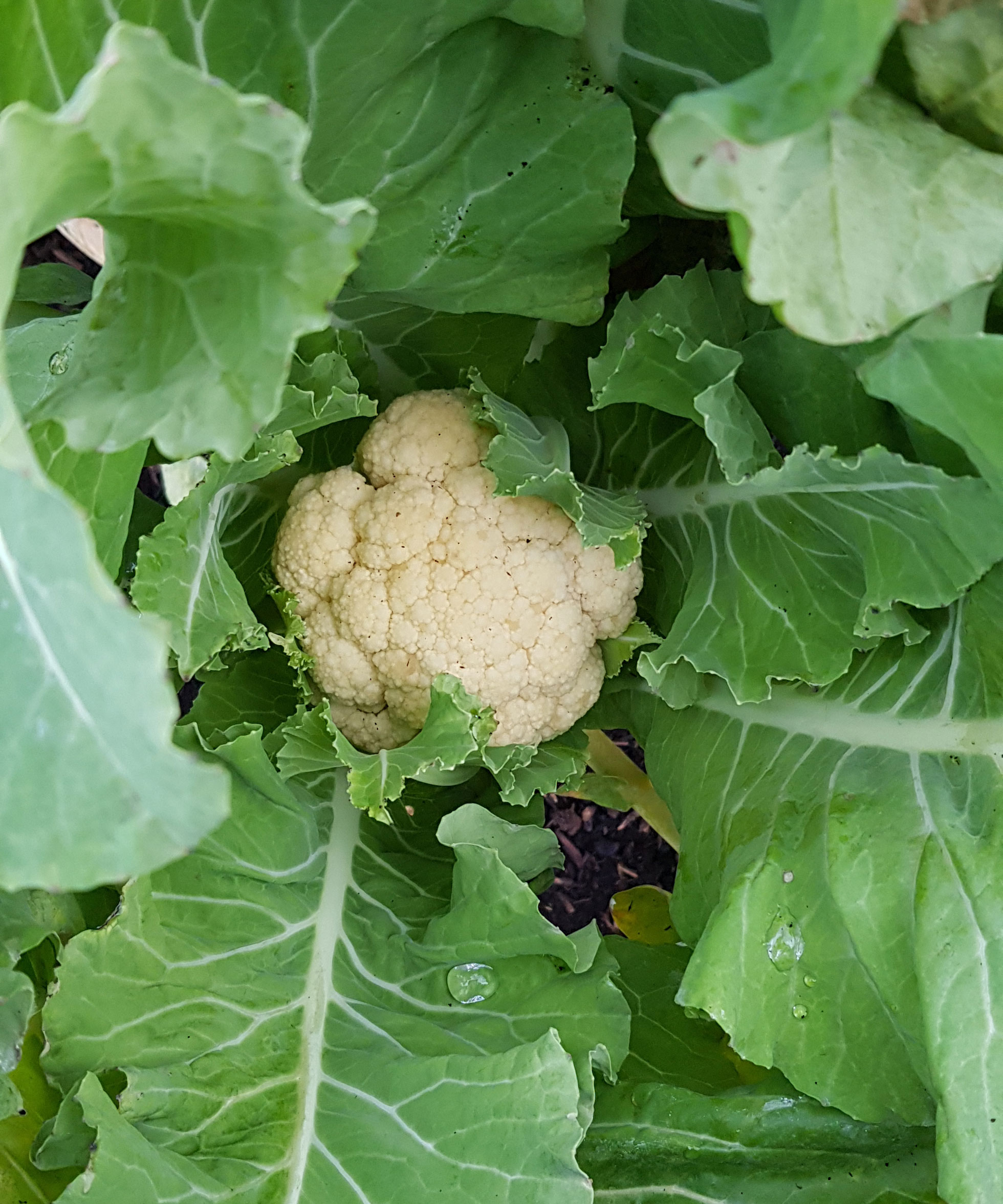
Cauliflower is a member of the brassica family that includes broccoli, cabbage and kale, and is also among the easiest vegetables to grow in shade. A biennial plant grown as an annual, all parts of the plants are edible, although it’s mostly grown for its flowering head. Often appearing white, its curd colors also come in orange, yellow and purple.
'The trick in how to grow cauliflower is to give it consistently cool temperatures,' explain the experts at Bonnie Plants.
Cauliflower likes to grow in temperatures within the 60°Fs region. If temperatures exceed 75°F, or fall too low, the plants can bolt or form ‘button’ heads. Therefore, it tends to be grown in the spring and fall, when temperatures are cooler in USDA hardiness zones 2-11.
The crop prefers a sunny, sheltered site with at least six hours of daily sunlight – so can grow in partial shade.
Design expertise in your inbox – from inspiring decorating ideas and beautiful celebrity homes to practical gardening advice and shopping round-ups.
Before planting cauliflower, incorporate plenty of organic matter, such as homemade compost, into a rich, well-drained soil. Planted cauliflower need a lot of outside growing space, but there are smaller varieties available which are ideal for small vegetable garden ideas, if gardening space is limited.
How to grow cauliflower from seed
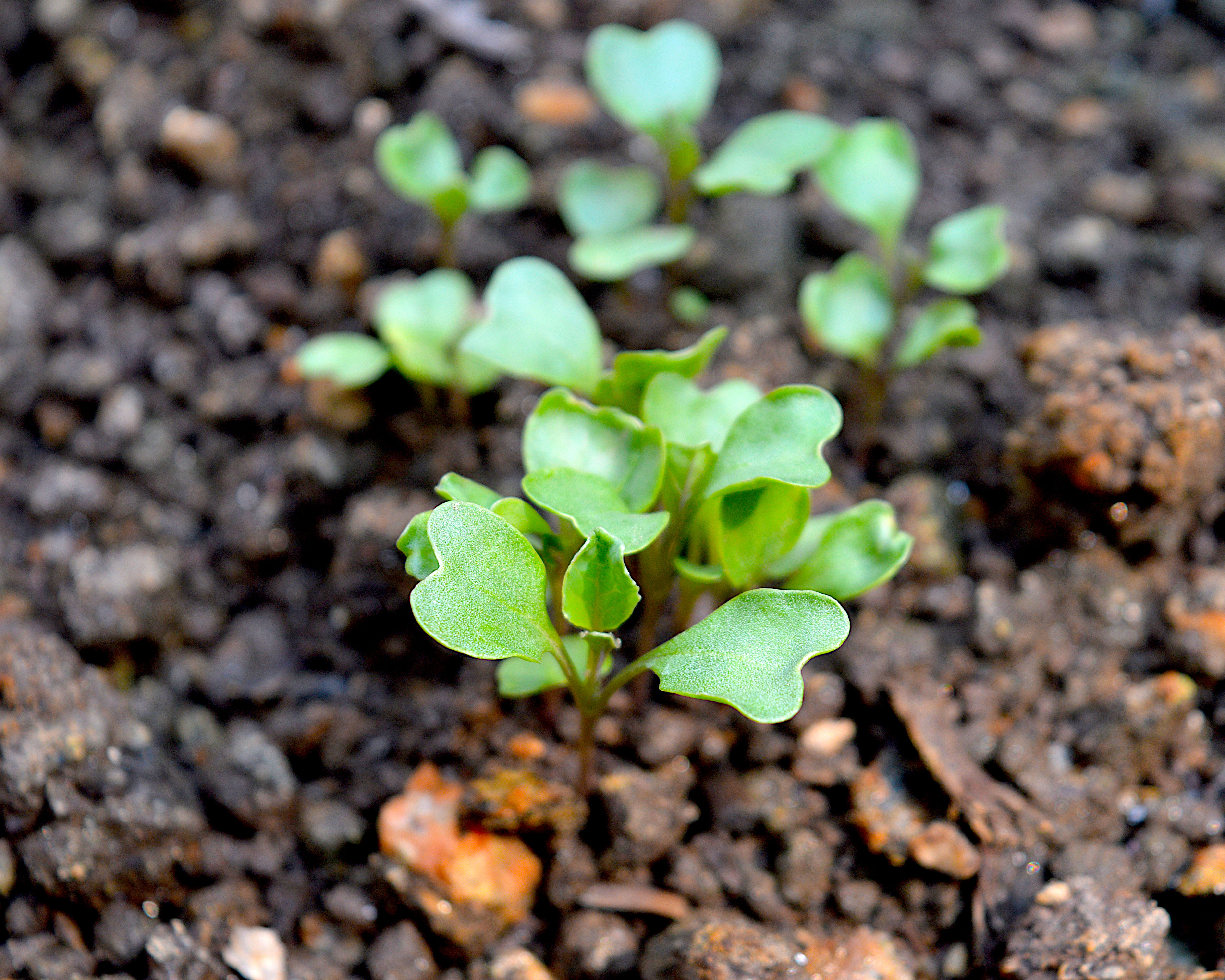
Cauliflower is best started off by sowing the seed indoors, four to six weeks before the last frost date if sowing in spring.
If sowing in the fall, leave it no later than a month before the first frost is due to arrive. If you are also growing kale then you will plant the crops at similar times.
Sow seeds half an inch deep into small pots or cell trays, using a good compost mix. Cauliflowers don’t like to have their roots disturbed, so sow individually.
Once seedlings are established, and about two weeks prior to the last spring frost date, harden off and young plants outside before planting into their final growing positions.
Planting cauliflower seedlings
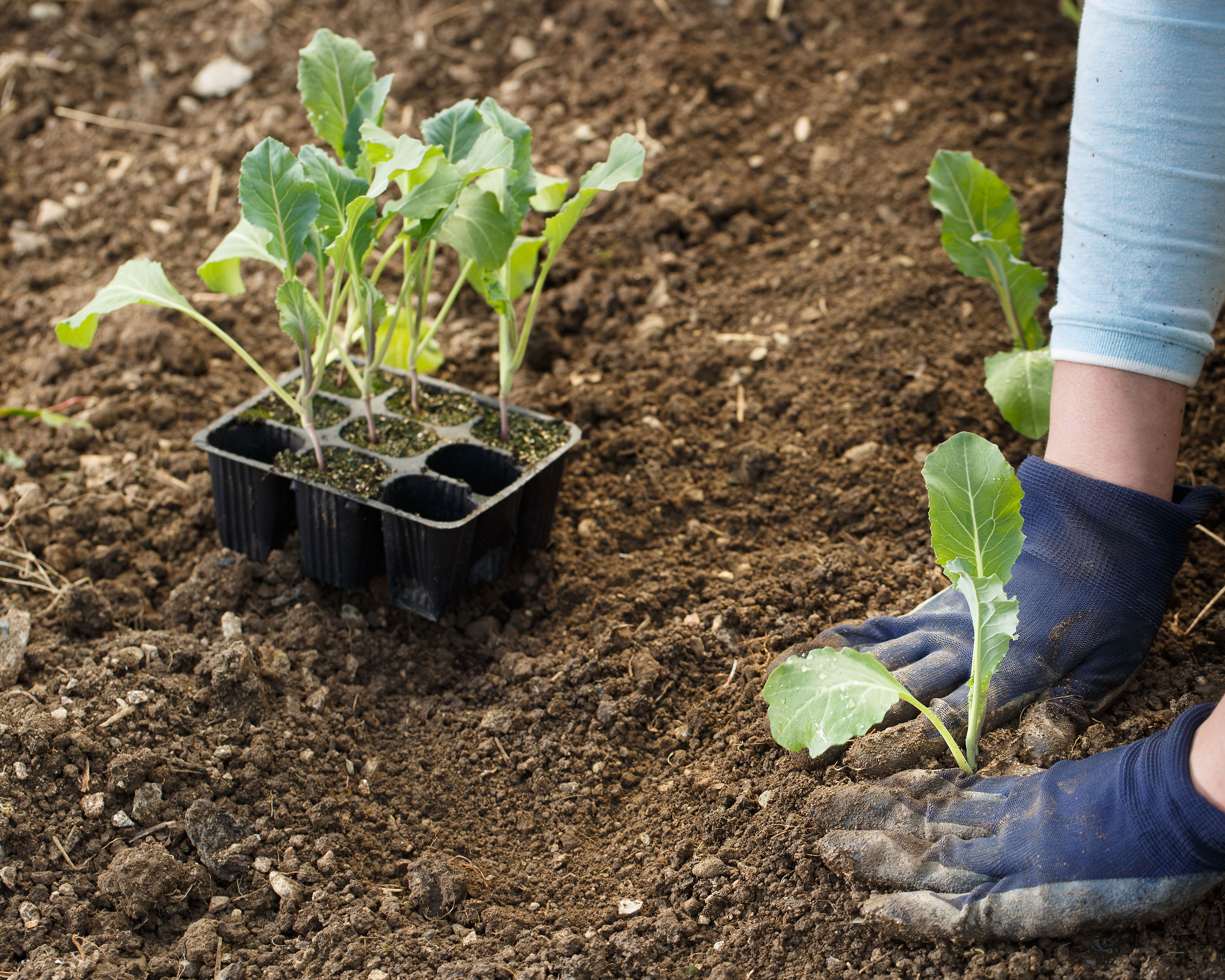
Cauliflowers are hungry plants, therefore ensure the growing area has plenty of organic matter incorporated into the soil before planting.
Cauliflowers can develop into large plants, so plant them 24 inches apart in rows 30 inches apart. Mulch around the base of plants to help retain moisture and place to brassica collar around its base to deter cutworms.
As they need a fairly long growing season – two to three months – it is advisable to apply a top dressing of a high-nitrogen fertilizer a month after planting.
Hoe the growing area regularly, removing all weeds. Remove any yellowing leaves to reduce risk of pest and diseases. Ensure a regular watering regime, otherwise cauliflower heads can taste bitter, or can button.
'The trick to growing brassicas is steady, uninterrupted growth. That means rich soil, plenty of water, and good fertilization,' explains writer, businesswoman and television personality, Martha Stewart.
How to blanch growing cauliflower
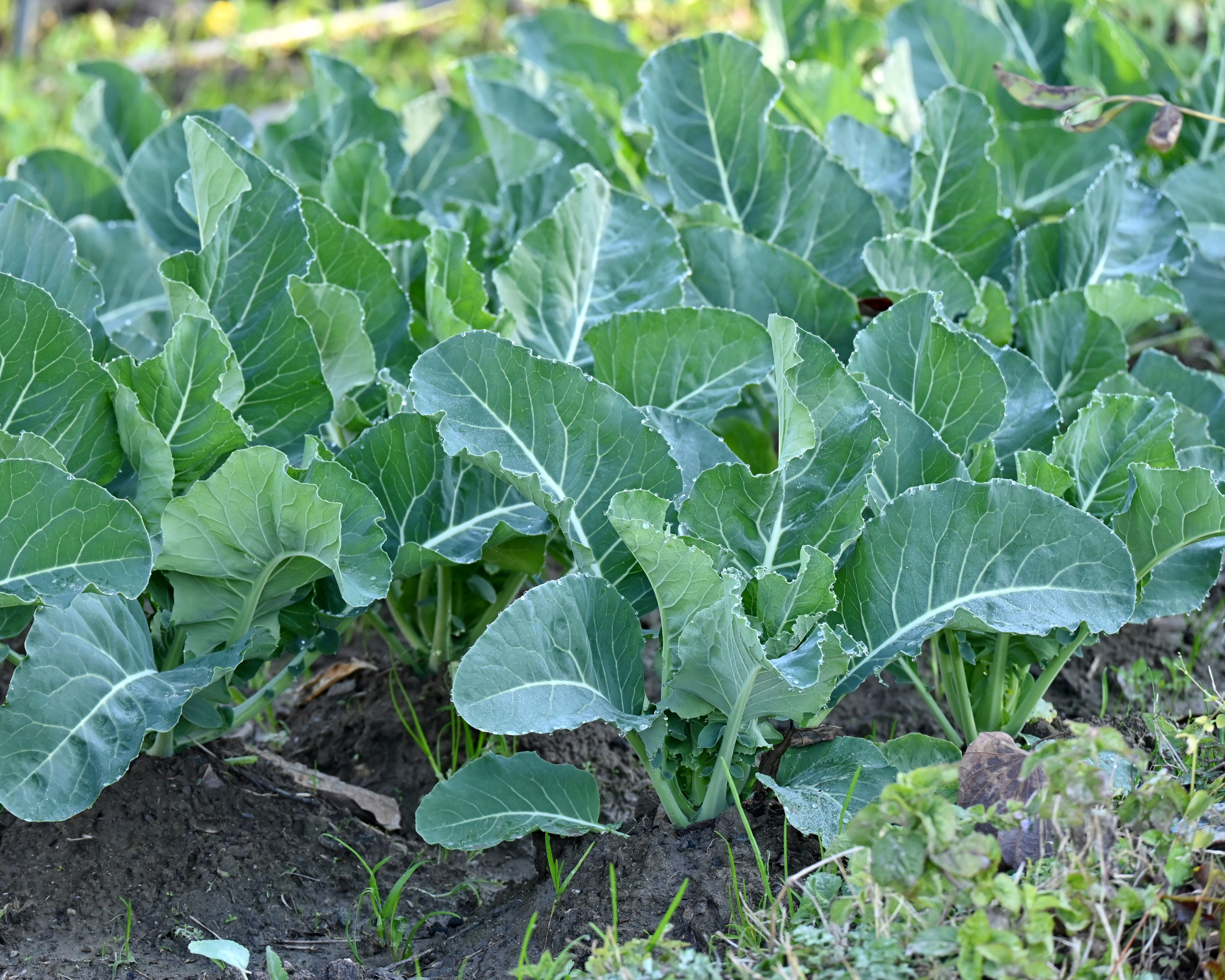
White colored varieties of cauliflower will need shading – also known as 'blanching' –to keep them from discoloring, so that they will be tender and white when they are harvested.
To do this, once the cauliflower head is the size of a golf ball, tie the outer leaves loosely over the head of the vegetable and secure them in place with twine. Leave enough room so the head can continue to grow unhindered. This will both protect it from the elements and the sun from discoloring it.
'The leaves should naturally curl over the head of cauliflower plants as they "self-blanch," but this often doesn't happen, so they need help being secured in place,' explain the experts at Bonnie Plants.
Check your plants regularly and try to keep the head dry.
Harvesting cauliflower
Most cauliflowers require a two to three-month growing period. Harvest cauliflowers when head buds are still tight, and six to eight inches in diameter. Cut the heads from the plant, leaving a few leaves over the head to protect the curds.
If cauliflower heads are left on the plant too long, they will go to seed making them unsuitable to eat.
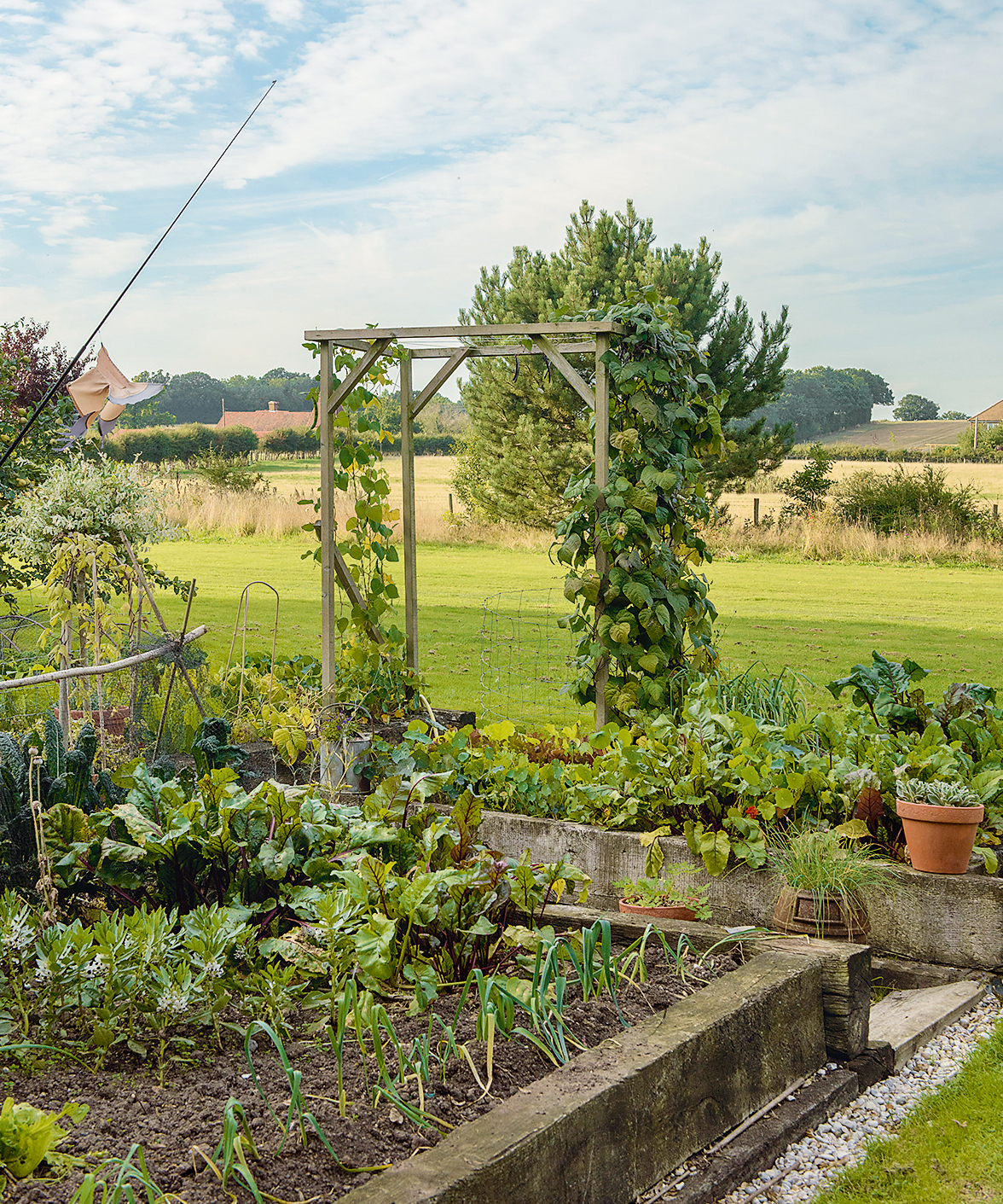
Can you grow cauliflower in pots?
You can grow cauliflowers in pots as part of your vegetable garden container ideas. They should be grown individually in large containers. Although they have a fairly shallow root systems, it is best to use containers at least 12in deep and 12in wide, as this will ensure the soil doesn’t dry out too quickly.
Seeds should be germinated and grown on indoors, before being transferred to the outside container. Potted plants will need more watering and extra feeding, compared to an open site, to ensure the plant can grow successfully.
How long does it take cauliflower to sprout?
Cauliflower can take eight to 10 days to sprout or germinate. Once seedlings emerge, ensure that the soil is kept moist and the temperature is maintained at around the 60°Fs to ensure healthy plants.
Are cauliflowers easy to grow?
Cauliflowers can be tricky to grow successfully as they require a fairly constant temperatures. There are also some pest and diseases to be aware of:
- Cabbage root maggots – the larvae hatch at the base of the plant and they tunnel into the roots, damaging the plant. Therefore, fleece plants and place brassica collars at the base of plants.
- Cabbage worm – are the offspring of moths. Their eggs are scattered on the underside of leaves, and when hatched the worm eats into the foliage damaging the plant. Try covering plants over with netting once planted to prevent the moth from landing.
- Brassica downy mildew – this consists of light green spots on leaves developing into a larger, darker color with fuzzy mold appearing. Ensure there’s plenty of circulation and sunlight for the plants. Or, try sowing disease resistant varieties.
As with any vegetable crop, companion planting with beneficial plants can help to reduce the threat from pests.
Cauliflowers are a real pleasure to grow, so don’t be put off by their very specific growing requirements. After all, as Mark Twain once said, 'Cauliflower is nothing but cabbage with a college education.'
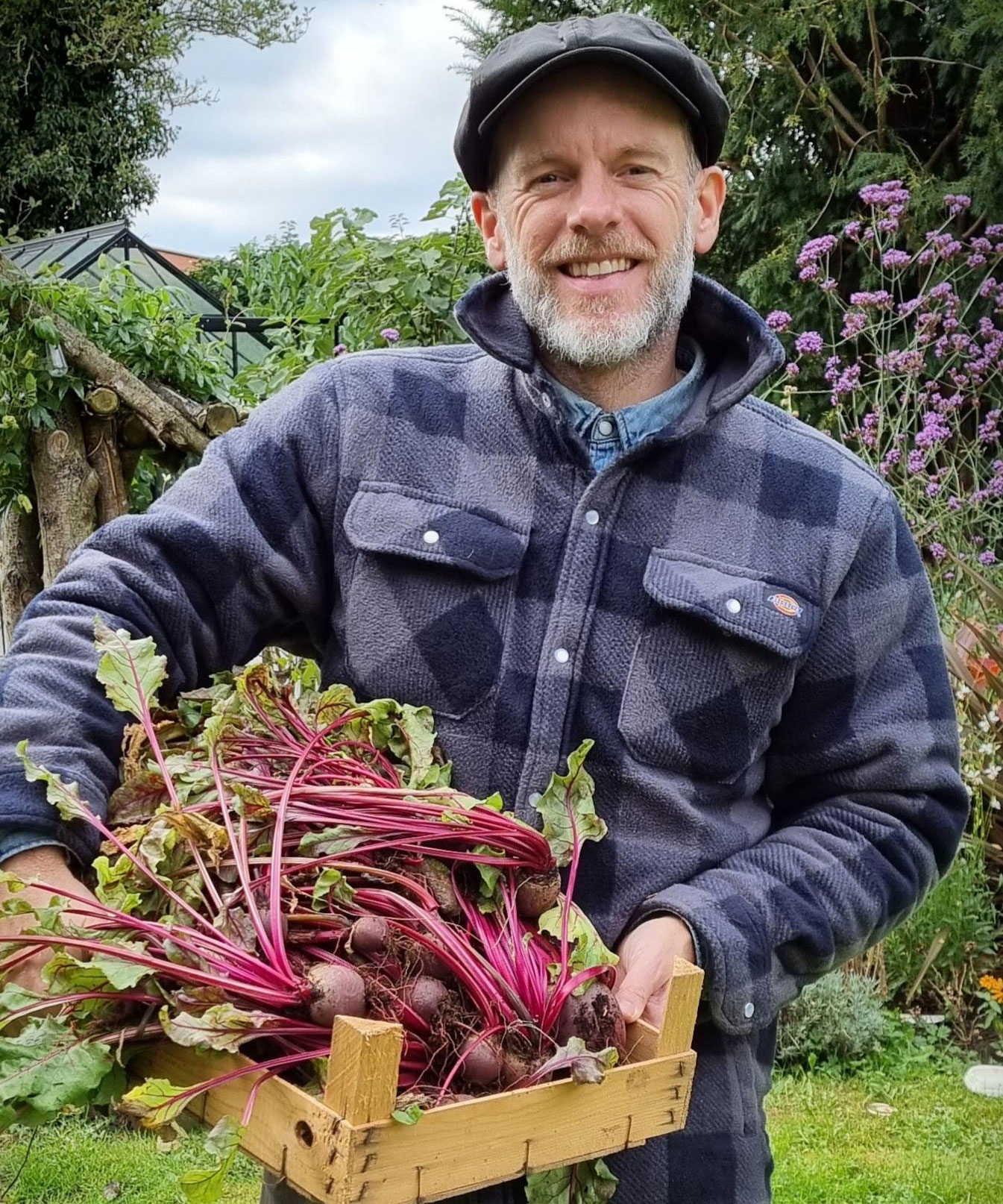
Ade Sellars is a gardener, presenter and gardening writer with a passion for growing his own food in his kitchen garden. He grows his own organic fruit and veg in his kitchen garden and now runs his own gardening business. This year he will also be giving talks at gardens around the country.